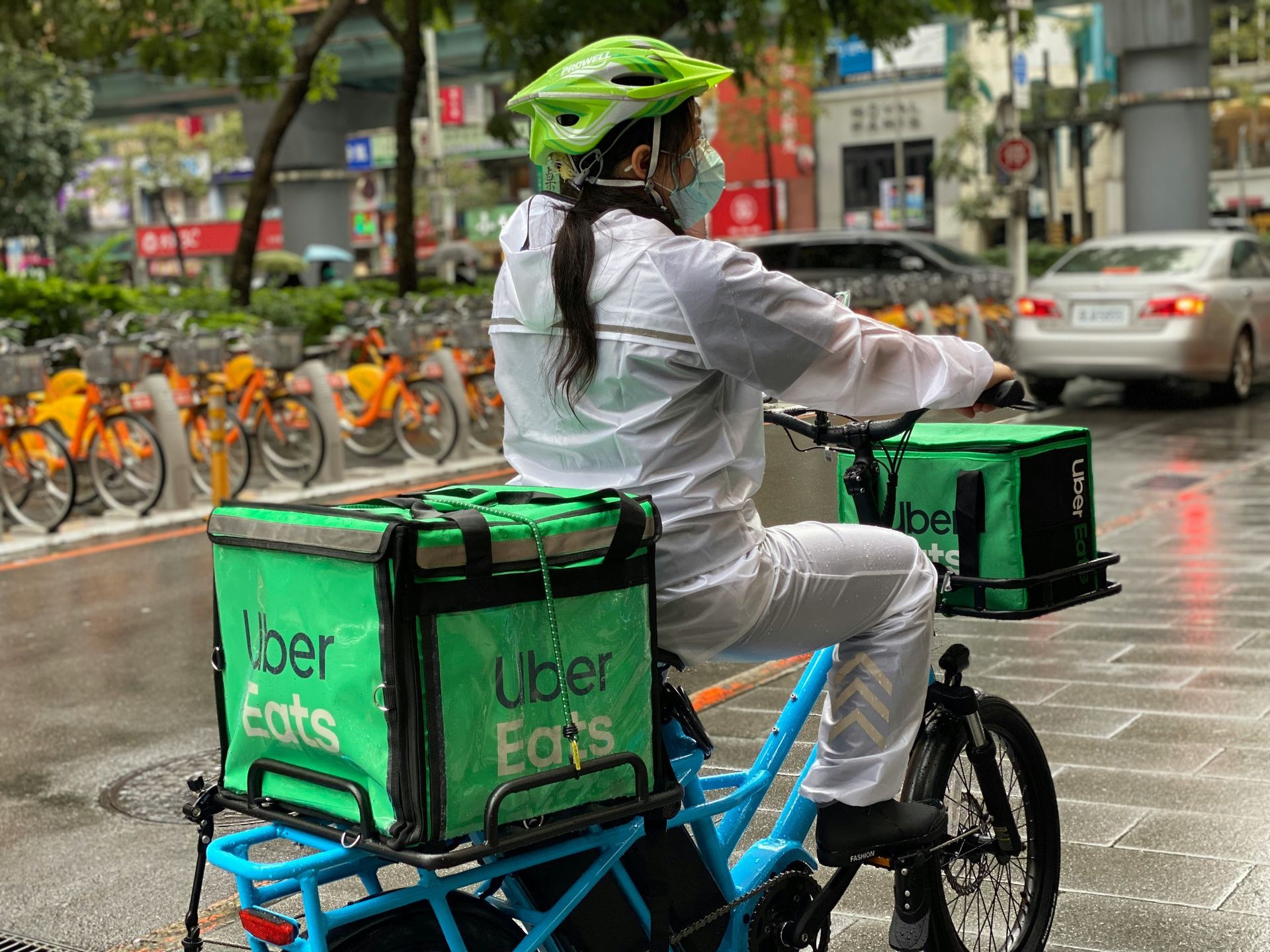What Are The Key Ingredients? Considerations for Omnichannel Distribution in Retail and Food

In today's dynamic retail and food landscape, consumers expect a seamless shopping experience across all channels, whether it's browsing online, purchasing in-store, or opting for convenient home delivery. To meet these evolving expectations, retailers and food businesses need to optimize their omnichannel distribution strategies. This involves integrating various aspects, from efficient fulfillment options to robust last-mile logistics and optimized inventory management.
Here, we delve into key considerations for optimizing omnichannel distribution in retail and food, drawing insights from successful industry examples:
1. Fulfillment Strategies:
• Omnichannel fulfillment centers: Establishing centralized hubs equipped to handle online orders, in-store pick-up, and ship-to-store options can streamline fulfillment and offer customers flexibility. Industry Example: Walmart is investing heavily in its network of fulfillment centers, allowing for faster deliveries and efficient in-store pick-up options (source: WALMART).
• Micro-fulfillment centers: Strategically placing smaller fulfillment centers closer to urban areas can significantly reduce last-mile delivery times, particularly for groceries and other time-sensitive items. Industry Example: Kroger is piloting micro-fulfillment centers in partnership with automation company Takeoff Technologies, aiming to fulfill online grocery orders within minutes (source: KROGER)
2. Last-Mile Logistics:
• Leveraging diverse delivery options: Offering a variety of delivery choices, including same-day, scheduled deliveries, and click-and-collect options, caters to diverse customer preferences and enhances convenience. Industry Example: Amazon continues to innovate in last-mile delivery, offering drone delivery in select areas and exploring autonomous vehicle options to further expedite deliveries (source: AMAZON)
• Partnerships with third-party logistics providers: Collaborating with established logistics companies can provide access to wider delivery networks, expertise, and potentially lower costs, especially for smaller businesses. Industry Example: Many food retailers partner with delivery platforms like DoorDash and Uber Eats to reach customers efficiently, expanding their delivery reach beyond their own infrastructure (source: INSTACART).
3. Inventory Management:
• Real-time inventory visibility: Having a unified inventory management system across all channels provides accurate stock levels, preventing overselling and ensuring order fulfillment accuracy. Industry Example: Target utilizes a cloud-based inventory management system that provides real-time data on product availability across stores and online platforms, allowing for informed decisions on stocking and promotions (source: TARGET)
• Demand forecasting and dynamic allocation: Utilizing data analytics to predict customer demand and dynamically allocate inventory across channels can optimize stock levels and minimize the risk of stockouts or excess inventory. Industry Example: Grocery chains like Albertsons are employing AI-powered demand forecasting tools to better predict customer needs and optimize inventory allocation across stores, reducing food waste and improving product availability (source: ALBERTSON).
Optimizing omnichannel distribution is an ongoing process requiring continuous evaluation and adaptation. By carefully considering these key aspects and learning from successful industry examples, retailers and food businesses can create a seamless and efficient shopping experience for their customers, ultimately driving loyalty and growth.
Remember, at Chainwise, we are your trusted partner in optimizing your physical supply chain. We offer comprehensive solutions to help you navigate the complexities of omnichannel distribution and achieve your business goals.






